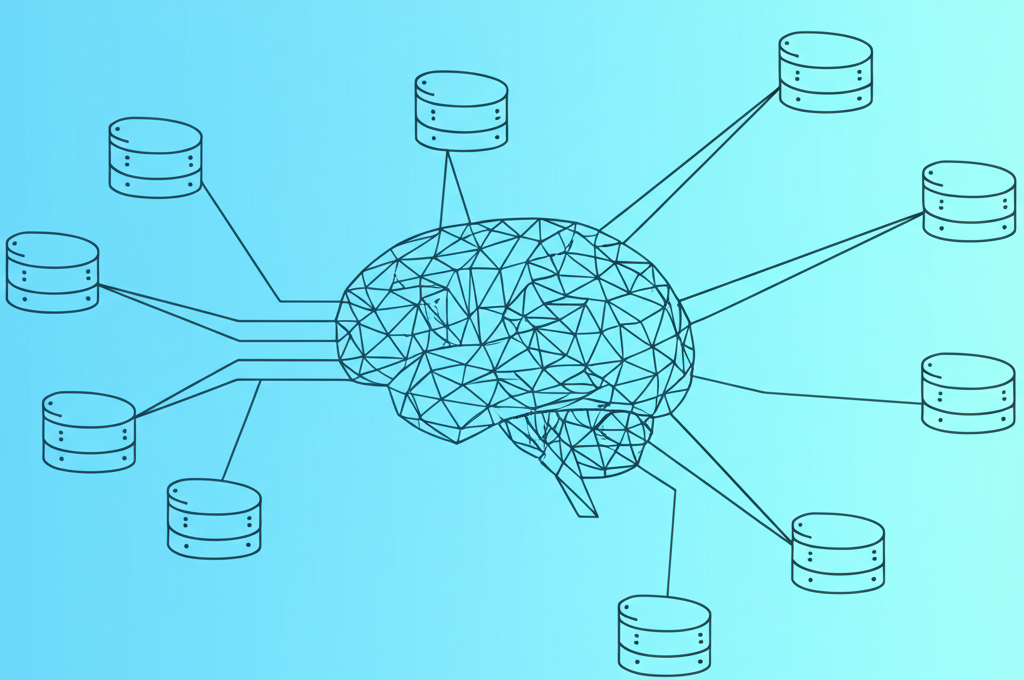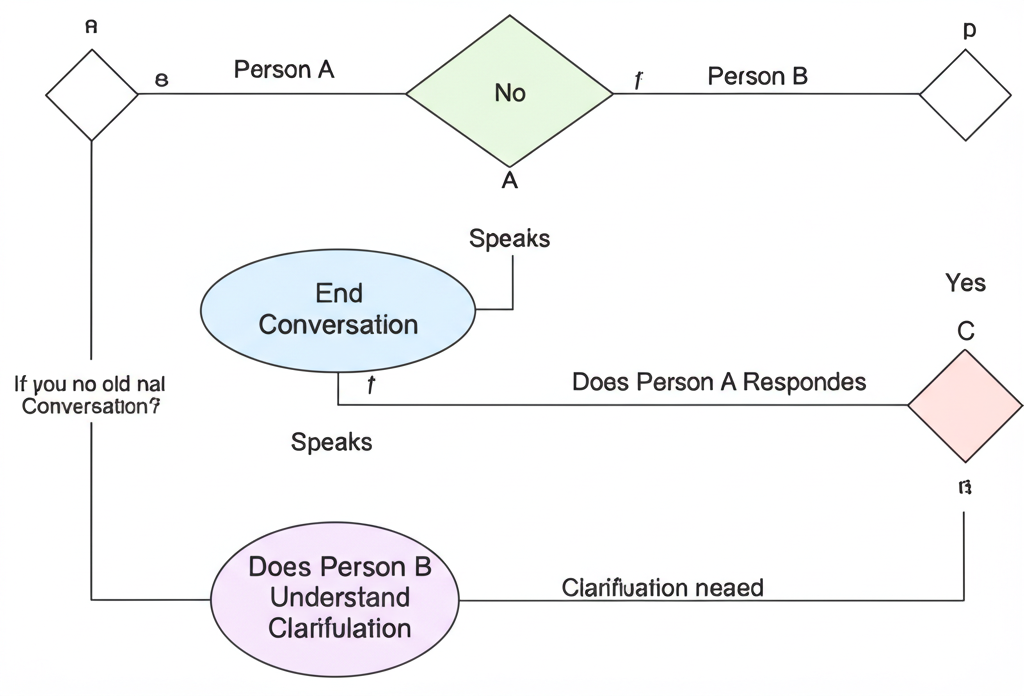5 Advanced Strategies to Optimize Your AI Phone Agent Implementation

Implementing an AI phone agent is just the first step in transforming your customer service operations. To truly maximize the value of this technology, organizations need to implement advanced optimization strategies. Based on our experience working with hundreds of enterprise clients, we've identified five key strategies that can significantly enhance the performance of your Osmosian AI phone agent.
Strategy 1: Develop a Comprehensive Custom Knowledge Base
The effectiveness of any AI phone agent is directly tied to the quality and comprehensiveness of its knowledge base. While Osmosian comes with a robust general knowledge foundation, the most successful implementations include extensive customization:
- Document all products, services, policies, and procedures in a structured format
- Include common customer questions and their ideal answers
- Add industry-specific terminology and company jargon with clear definitions
- Incorporate troubleshooting guides for common issues
- Regularly update the knowledge base to reflect changes in offerings or policies
Organizations that invest in developing a comprehensive knowledge base typically see a 35-45% improvement in first-call resolution rates compared to those using only basic configuration.

Architecture of a comprehensive custom knowledge base for AI phone agents
Strategy 2: Implement Advanced Personalization
Personalization transforms a good customer experience into an exceptional one. Advanced AI phone agent implementations leverage customer data to create highly personalized interactions:
- Integrate with CRM systems to access customer history and preferences
- Use purchase history to provide relevant recommendations
- Recognize returning customers and reference previous interactions
- Adjust conversation style based on customer communication preferences
- Personalize offers and solutions based on customer segment and value
The level of personalization our Osmosian AI phone agent provides has completely changed how our customers perceive automated service. They often don't realize they're speaking with an AI until we tell them.
Strategy 3: Design Sophisticated Conversation Flows
While AI phone agents can handle open-ended conversations, designing thoughtful conversation flows for common scenarios significantly improves efficiency and customer satisfaction:
- Map out the ideal path for each common customer journey
- Identify key decision points and potential branches in conversations
- Create smooth transitions between topics and services
- Design appropriate confirmation steps for critical actions
- Develop clear escalation paths for complex situations
The most effective conversation flows balance efficiency with a natural conversational feel, avoiding both the rigidity of traditional IVR systems and the potential meandering of completely unstructured conversations.

Example of a sophisticated conversation flow for order status and modification
Strategy 4: Implement Continuous Learning and Optimization
The true power of AI phone agents lies in their ability to improve over time. Establishing robust feedback loops and optimization processes is essential:
- Analyze conversation transcripts to identify common failure points
- Review escalated calls to understand why the AI couldn't resolve them
- Implement A/B testing for different conversation approaches
- Gather direct customer feedback about the AI experience
- Establish a regular cadence for reviewing and implementing improvements
Organizations with formal optimization processes see their AI phone agents improve resolution rates by 5-10% every quarter during the first year of implementation.
Strategy 5: Develop an Effective Human-AI Collaboration Model
The most successful AI phone agent implementations don't aim to replace human agents entirely but rather create an effective collaboration model:
- Define clear criteria for when calls should be transferred to human agents
- Provide human agents with full conversation context during transfers
- Enable AI to assist human agents with information retrieval during calls
- Create feedback mechanisms for human agents to improve AI performance
- Develop specialized roles for human agents focused on complex problem-solving
Our human agents have become much more effective since we implemented Osmosian. The AI handles the routine inquiries and provides our team with conversation summaries and relevant information when more complex issues arise.

Effective human-AI collaboration model for customer service
Implementation Roadmap
To implement these strategies effectively, we recommend following this phased approach:
- Phase 1 (Weeks 1-4): Develop initial knowledge base and basic conversation flows
- Phase 2 (Weeks 5-8): Implement CRM integration and basic personalization
- Phase 3 (Weeks 9-12): Refine conversation flows based on early data
- Phase 4 (Months 4-6): Implement advanced personalization and optimization processes
- Phase 5 (Months 7-12): Continuous refinement and expansion of capabilities
This phased approach allows organizations to see incremental benefits while building toward a fully optimized implementation.
Measuring Success
To track the effectiveness of your optimization efforts, focus on these key metrics:
- Containment Rate: Percentage of calls fully handled by the AI without human intervention
- First Call Resolution: Percentage of issues resolved during the first interaction
- Average Handle Time: Duration of customer interactions
- Customer Satisfaction Score: Direct feedback from customers about their experience
- Cost per Interaction: Total operational cost divided by number of customer interactions
Tracking these metrics over time will help you quantify the impact of your optimization efforts and identify areas for further improvement.
Conclusion
Implementing these five advanced strategies will help you maximize the value of your Osmosian AI phone agent investment. While the initial implementation can deliver significant benefits, organizations that commit to ongoing optimization typically see 2-3 times greater ROI over the long term.
At Osmosian, our customer success team works closely with clients to implement these strategies and achieve exceptional results. Our team of AI optimization experts can help you develop a customized roadmap for your specific business needs and industry requirements.
To learn more about how to optimize your Osmosian AI phone agent implementation or to schedule a consultation with our optimization team, contact us today. We're committed to helping you deliver exceptional customer experiences while maximizing your return on investment.
